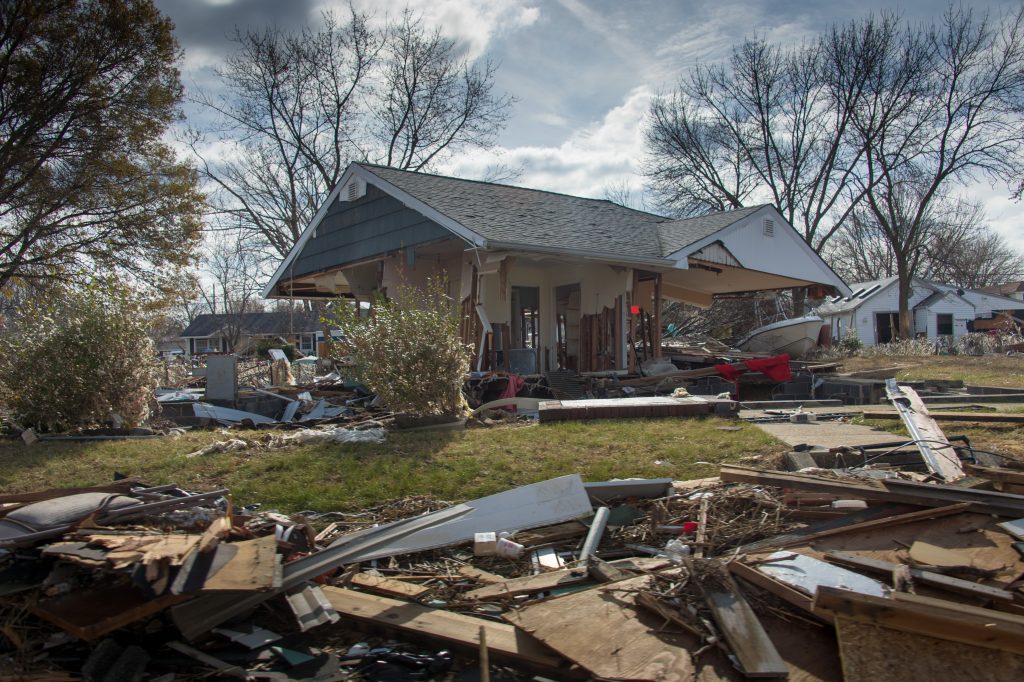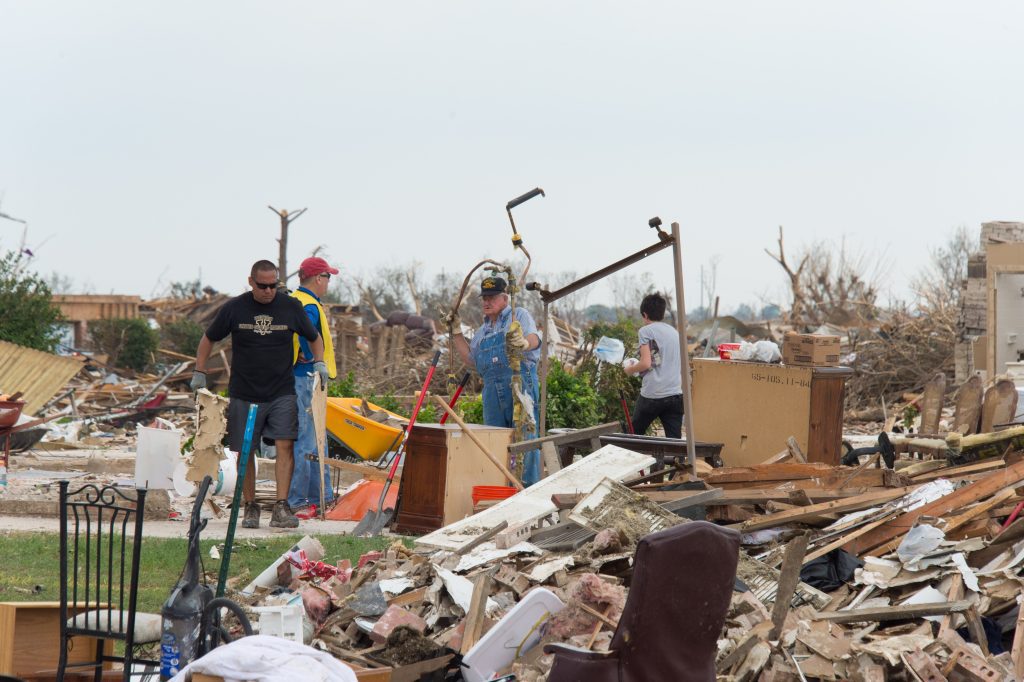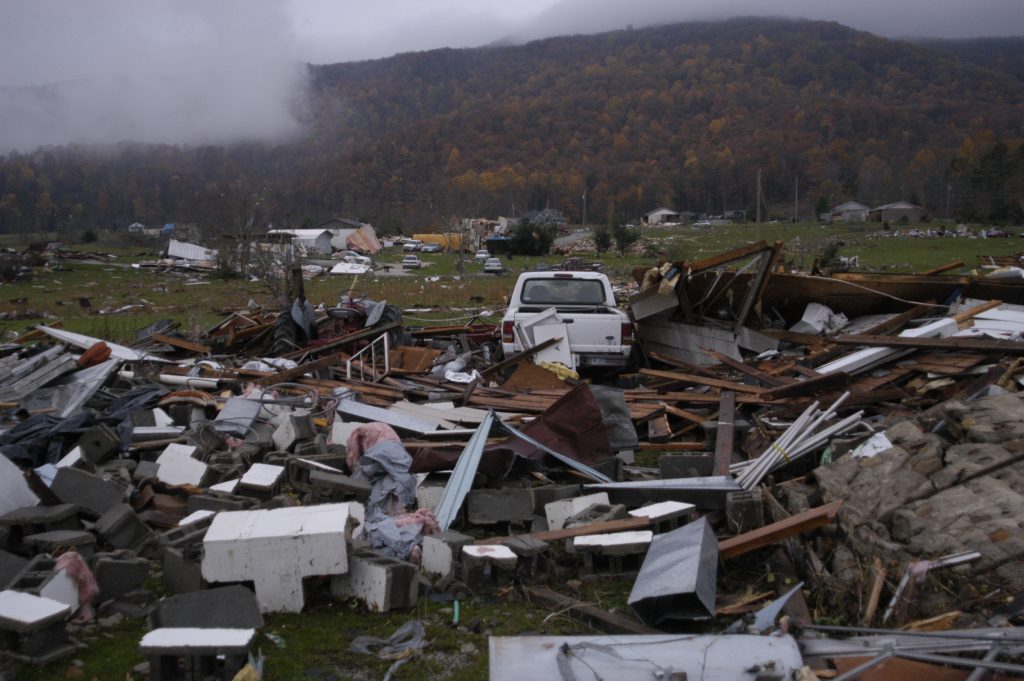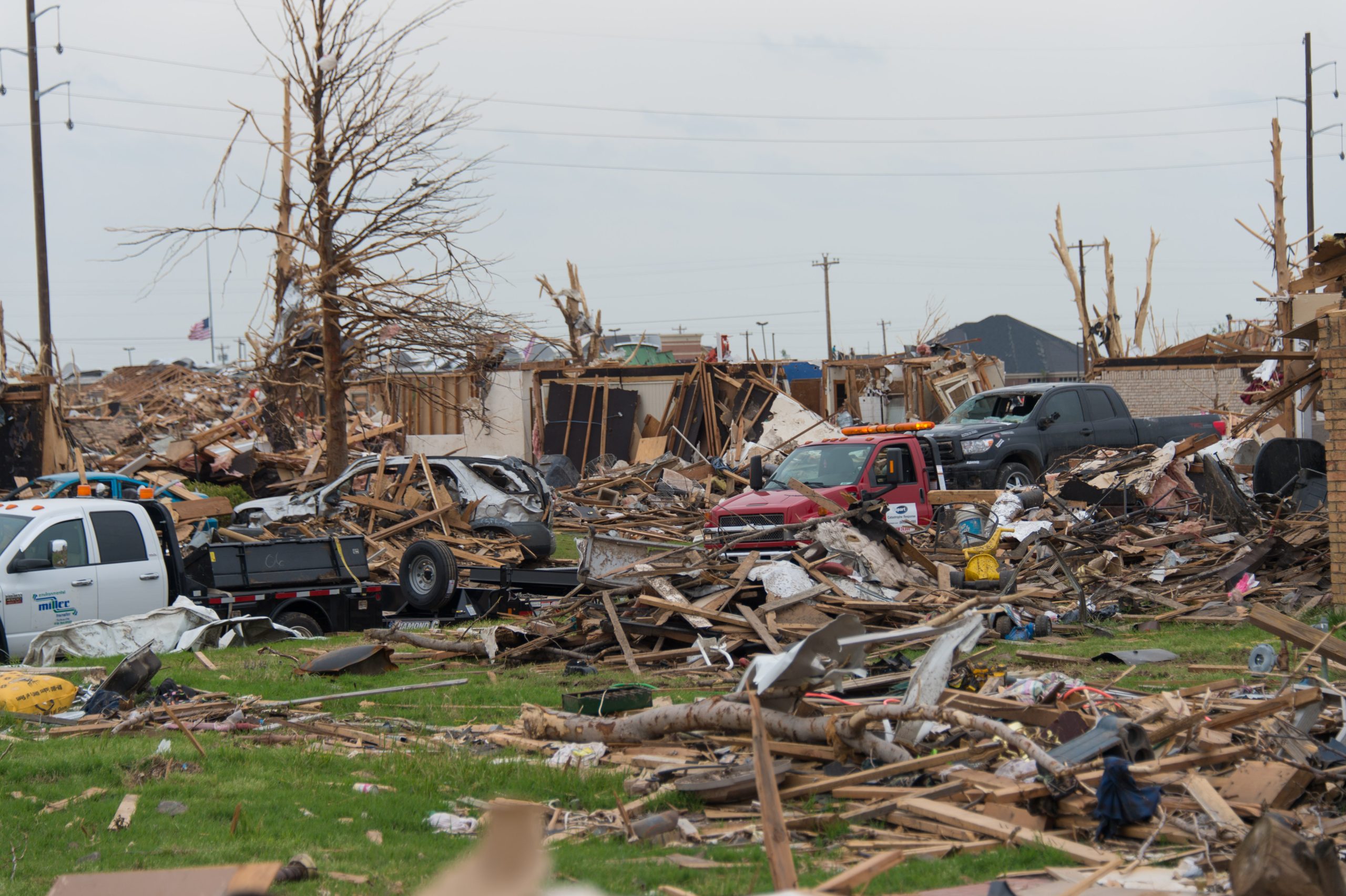On the afternoon of May 20, 2013, a significant and highly violent EF5 tornado-ravaged Moore, Oklahoma, and adjacent areas, with peak winds estimated at 210 mph (340 km/h), killing 24 people and injuring 212 others.
Photographs hold a special place in our hearts and minds. They capture moments of joy, love, and laughter and preserve memories of people, places, and events that are important to us. But what happens when these precious photographs are lost due to fires, floods, or other disasters? The loss can be devastating, leaving us with sadness, loss, and grief.
Some common expressions and comments from people who have lost photographs due to fires and other disasters include:
“I lost all my memories.”
“I feel like a part of me is gone.”
“I wish I had taken more pictures.”
“I wish I had backed them up.”
“I’m so sad that my family’s history is gone.”
“I feel like I’ve lost a piece of my past.”
“I wish I could go back in time and save them.”

It’s important to remember that photographs are often irreplaceable, and the memories they hold are priceless. That’s why taking steps to protect and preserve our pictures is so important. Here are a few tips on how to do just that:
- Please back up your photographs digitally: One of the easiest and most effective ways to protect them is to back them up on your computer or cloud-based storage service. This will ensure you have a digital copy of your photographs if the physical copies are lost or damaged.
- Keep your photographs in a fireproof safe: A fireproof safe can provide extra protection for your pictures in case of a fire. Choose an appropriately sized safe for your collection that is certified as fireproof.
- Organize and label your photographs: A system for organizing and labeling your pictures can make it easier to find what you’re looking for and to preserve your memories.
- Share your photographs with others: One of the best ways to preserve them is to share them. Share them on social media or print them out and give them as gifts. The more people who see and enjoy your photographs, the more likely they will be preserved for future generations.

If you lose photographs due to fires or other disasters, it’s important to remember that it’s not the end of the world. While you may feel a sense of nostalgia and longing for the memories and moments captured in the photographs, it is still possible to remember them through other means, such as talking to people there or trying to recreate the memories in different ways.

It’s also important to remember that photographs are not the only way to preserve memories. We can also preserve memories through diaries, videos, and other forms of documentation. And even if all physical forms of memory are lost, the memories will remain in our hearts and minds.
In conclusion, photographs play a vital role in preserving memories, and protecting and preserving them is essential. By backing up your pictures digitally, keeping them in a fireproof safe, organizing and labeling them, and sharing them with others, you can ensure that your memories will be preserved for years.

